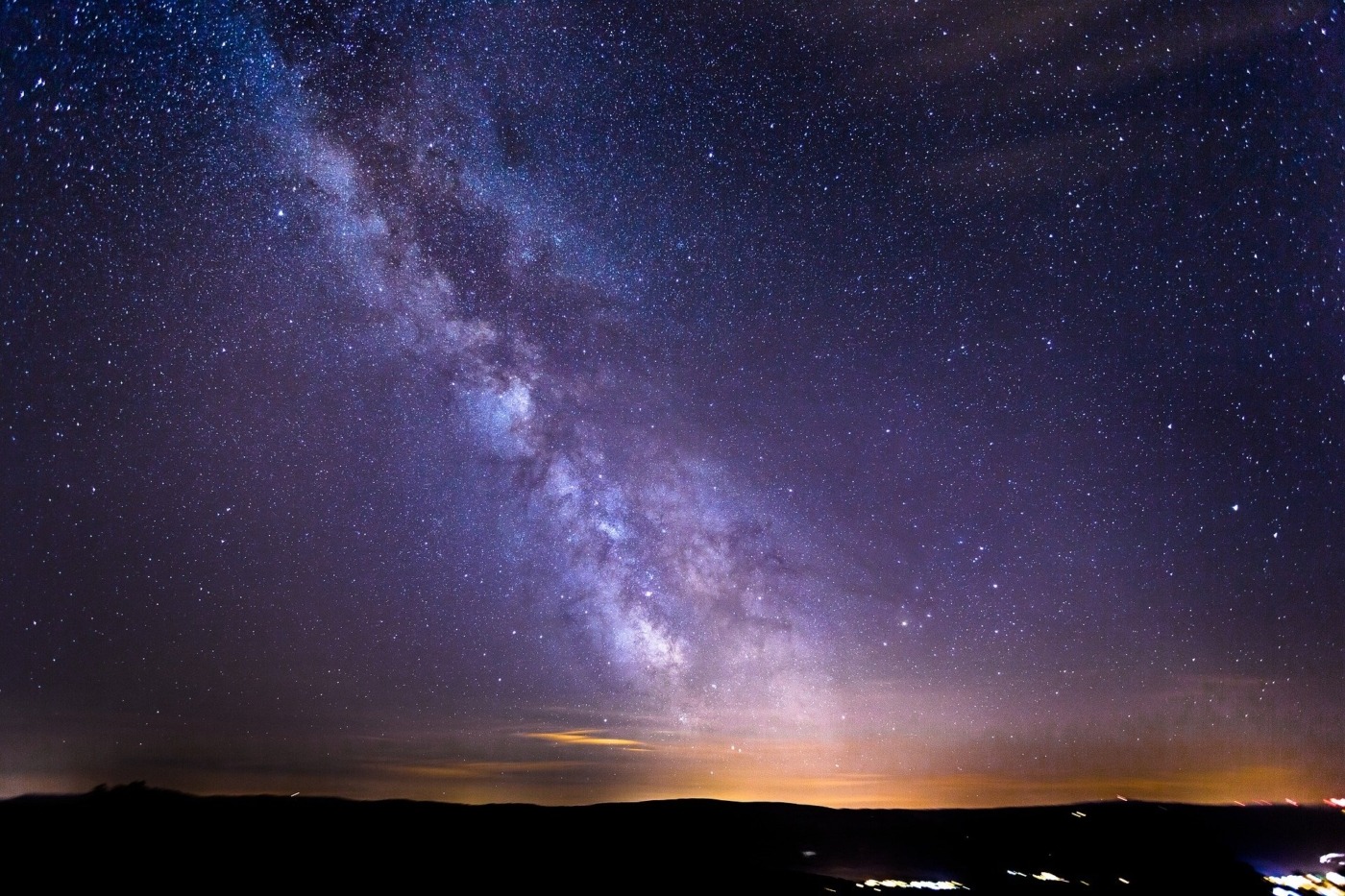Scientists create largest-ever map of our universe’s dark matter
Dark matter is an elusive substance in cosmology. It makes up around 80% of the universe, and it provides the structure for what cosmologists call the cosmic web – the large-scale structure of the universe that dictates the motion of galaxies and other cosmic material due to its gravitational influence. An international team of researchers from the Dark Energy Survey (DES) have developed a new map of this dark matter, revealing previously unknown connections between galaxies, and possibly painting an insight into both the history and the future of the universe.
We don’t actually know that much about dark matter – it cannot be measured directly, and so the distribution of local dark matter is instead inferred based on its gravitational influence on other objects. Interestingly, it’s actually considerably easier to study the distribution of dark matter much further away from our galaxy. As Donghui Jeong, associate professor of astronomy and astrophysics at Penn State and a corresponding author of the study, notes: “It’s easier to study the distribution of dark matter much further away because it reflects the very distant past, which is much less complex. Over time, as the large-scale structure of the universe has grown, the complexity of the universe has increased, so it is inherently harder to make measurements about dark matter locally.”
There have been attempts before to map the cosmic web, which generally start with a model of the early universe and simulate its evolution over billions of years. This approach does come with limitations – it’s computationally intensive and has not thus far been able to produce results detailed enough to see the local universe. In this new study, the team took a completely different approach, using artificial intelligence and the Victor M Blanco telescope in Chile to analyse images of 100 million galaxies. It examined their shape, to see if they have been stretched – if the light has been distorted, it means that there is matter in the foreground, which bends it. Using this technique, the team created a map which represents all matter detected in the foreground of the observed galaxies, which covers a quarter of the southern hemisphere’s sky.
In this new study, the team took a completely different approach, using artificial intelligence and the Victor M Blanco telescope in Chile to analyse images of 100 million galaxies
As Professor Ofer Lahav, of UCL and part of the DES team, notes: “Visible galaxies form in the densest regions of dark matter. When we look at the night sky, we see the galaxy’s light but not the surrounding dark matter, like looking at the lights of a city at night. By calculating how gravity distorts light, a technique known as gravitational lensing, we get the whole picture, both visible and invisible matter.”
Dr Niall Jeffrey, of University College London and École Normale Supérieure, Paris, who co-led the project, said: “It shows us new parts of the universe that we’ve never seen before. We can really see this cosmic web structure, including these enormous structures called cosmic voids, which are very low-density regions of the universe where there are very few galaxies and less matter.”
What are the major takeaways and areas of interest on the map? The cosmic voids are important – scientists have long suspected that gravity may behave very differently inside them, and identifying their shapes and locations could provide a starting point for further study. The map reveals a number of smaller filamentary structures (sort of like bridges) that connect galaxies – the Milky Way and its nearest galaxy, Andromeda, are connected by one such dark matter filament, and studying it could help us predict whether the two galaxies will eventually collide in many billions of years.
One of the big headlines is the fact that it appears the universe is smoother than anticipated. According to the standard model, the universe started with the big bang, and then it expanded and matter evolved according to Einstein’s theory of general relativity. Calculations by the DES team suggest the distribution of matter is broadly consistent with the standard model predictions, but it’s not a perfect fit. That could mean that some of the measurements are wrong, or it could mean we need to adjust Einstein’s theory, which would be a significant revolution in physics.
Prof Lahav suggests taking a more conservative view at the moment: “The big question is whether Einstein’s theory is perfect. It seems to pass every test but with some deviations here and there. Maybe the astrophysics of the galaxies just needs some tweaks. In the history of cosmology there are examples where problems went away, but also examples when the thinking shifted. It will be fascinating to see if the current ‘tension’ in Cosmology will lead to a new paradigm shift.”

Comments